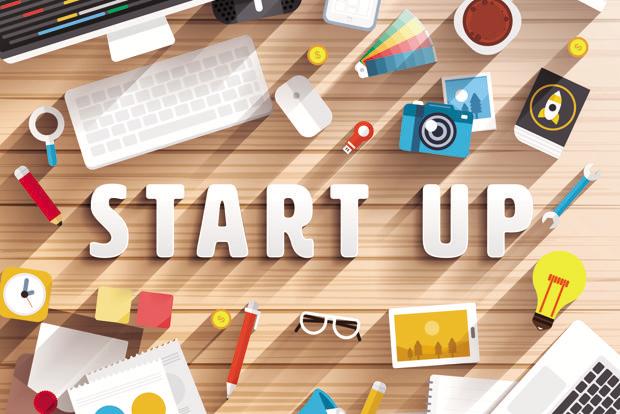Yuying Deng, the CEO and co-founder of Ideal Workspace, used to work 16-hour days at a law firm. “After a few months, I started developing excruciating lower back pain. This made it impossible to concentrate and sit for long periods of time,” he says.
Physiotherapy and massages provided temporary relief, but the solution came in the form of an adjustable standing desk he imported from the United States to Singapore. Yet Deng felt that useful as it was, this type of workstations could be improved.
“For the standing desk we wanted, we created one that is extremely easy to use, literally one touch. It reminds users when it’s time to move through sophisticated sensors. It gives usage feedback through a smartphone app to motivate users,” he says of the company’s product that became known as Altizen.
The business model for Altizen is simple. They sell the hardware, or Altizen workstation, but give away the software, the Altizen app, whose information gathering will ultimately help all users.
“As we gather more aggregated user data, this will enable us to make our software smarter and more relevant to the user, and enhance the whole user experience,” he says.

Turn healthy working into a long-term habit
Though the problem that Altizen seeks to address is global, it is one that is getting bigger in Southeast Asia. As rapid urbanization increases the number of knowledge workers, particularly in cities like Bangkok, Singapore, and Jakarta, more people are spending long hours sitting in front of their screens.
Deng says the value proposition is simple: turn healthy working into a long-term habit.
“As office workers, we all know what we should be more active and maintain a proper posture, especially at the office where we spend the most time – our desk. But how many of us have the time and determination to mindfully remember to do this, especially during a busy work day?” he asks.
The answer is built into one of Altizen’s more interesting features. Its smartphone app, which gets data from its sensors, tells the user when he has been sitting too long and is in need of a break or a change in posture. Such recommendations also take into account the user’s fitness level and working style, so as to ease them into the habit of standing.

An ideal combination
Interestingly, one of Altizen’s more pressing challenges is educating the public on the dangers of the problem that is the exact opposite: standing too much. Deng noted that some users of other standing desks complained of health problems after marathon standing sessions – some up to 8 hours long.
The working ideal is actually a combination of sitting and standing. “Based on research, we recommend starting at 25 percent standing for 15 minutes each time, and progressing to 50 percent standing for 30 minutes each time, after which, the user should sit,” Deng says.
Altizen’s app has built-in algorithms to help achieve balance. They reinforce this message in the company’s blog and, individually, to clients.

A comfortable workplace, not just workstation
Deng recognizes that Altizen is just one part of the solution. For workers to live healthier lives, employers must take steps to improve their working environment.
To date, Altizen has gotten the most traction with the consumer market, with their first two shipments selling out. They are now beginning to focus on the enterprise market, where they may be able to measure the ROI for companies through their aggregated health data.
According to Deng, enterprises have every reason to seriously consider workstations like Altizen.
“Because the workplace accounts for 50% of total weekly sedentary time, and because such illnesses will eventually hit companies’ bottomline (through absenteeism and reduced productivity), all companies have a special responsibility in the matter,” he says, noting that such tech luminaries as Facebook, Google, and LinkedIn have all taken steps to create a healthier working environment.
Deng also gives five simple steps to business owners who want a healthy working environment.
1. Allow employees take regular breaks at least every hour.
2. Encourage employees to take their lunch outside the office, which keeps them from just hunkering over their desks.
3. Conduct stand-up meetings, when possible.
4. Give proper ergonomics advice to employees, such as computer screens should be at or below eye level and should be one arm’s length from their eyes and that their office chairs should be positioned such that their feet can be placed flat on the ground.
Most importantly, employers should “set an example to employees by acting on the above advice themselves,” Deng says.
Source: Inc Asean
